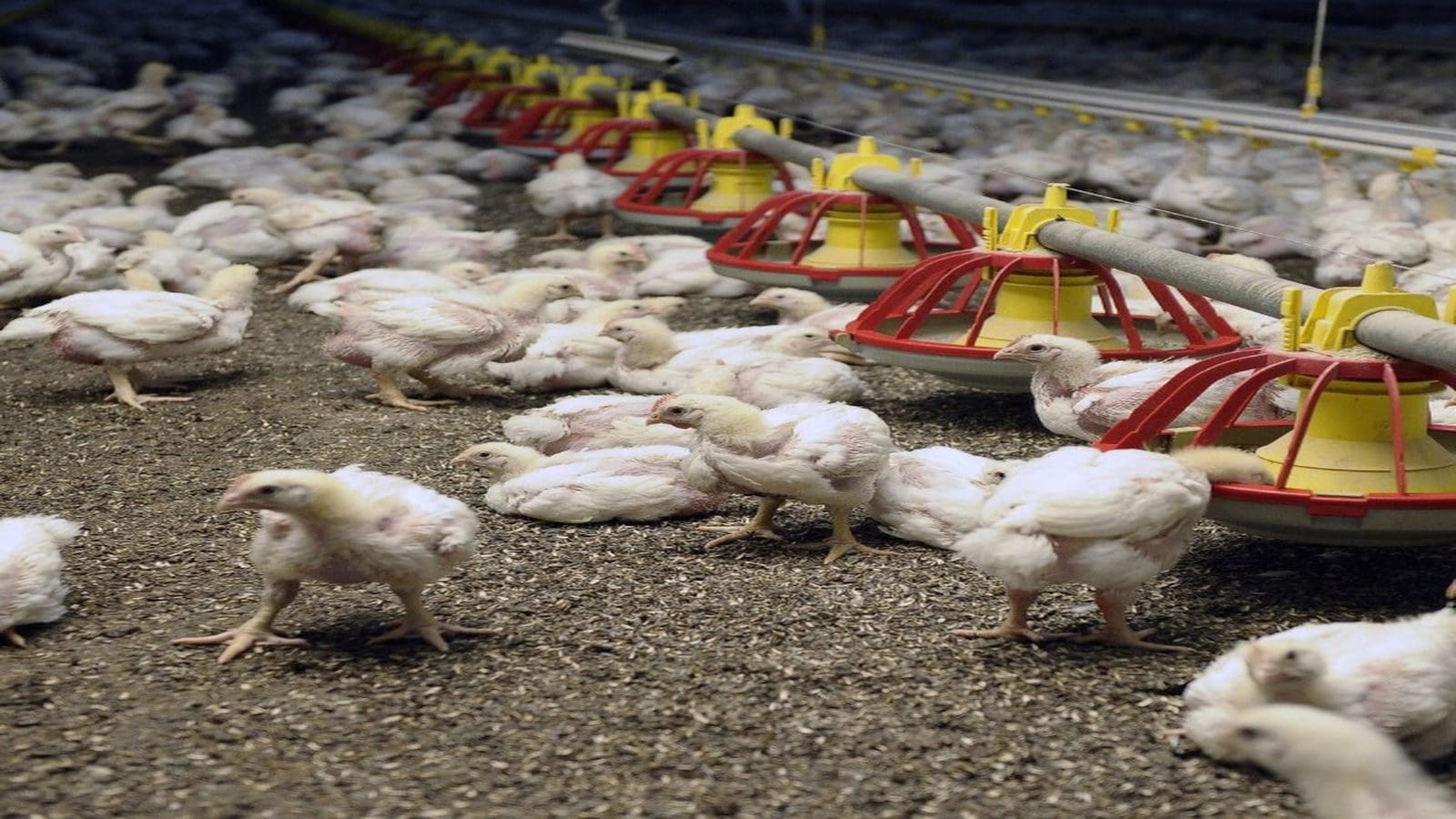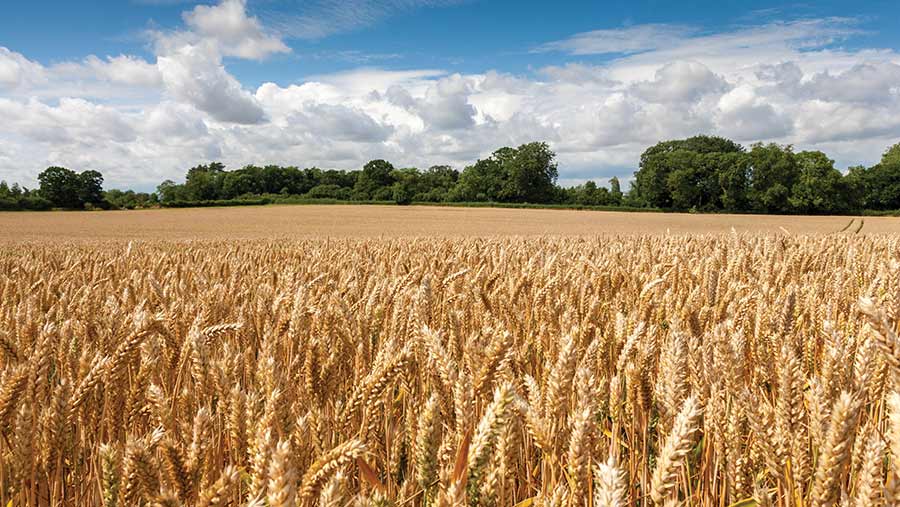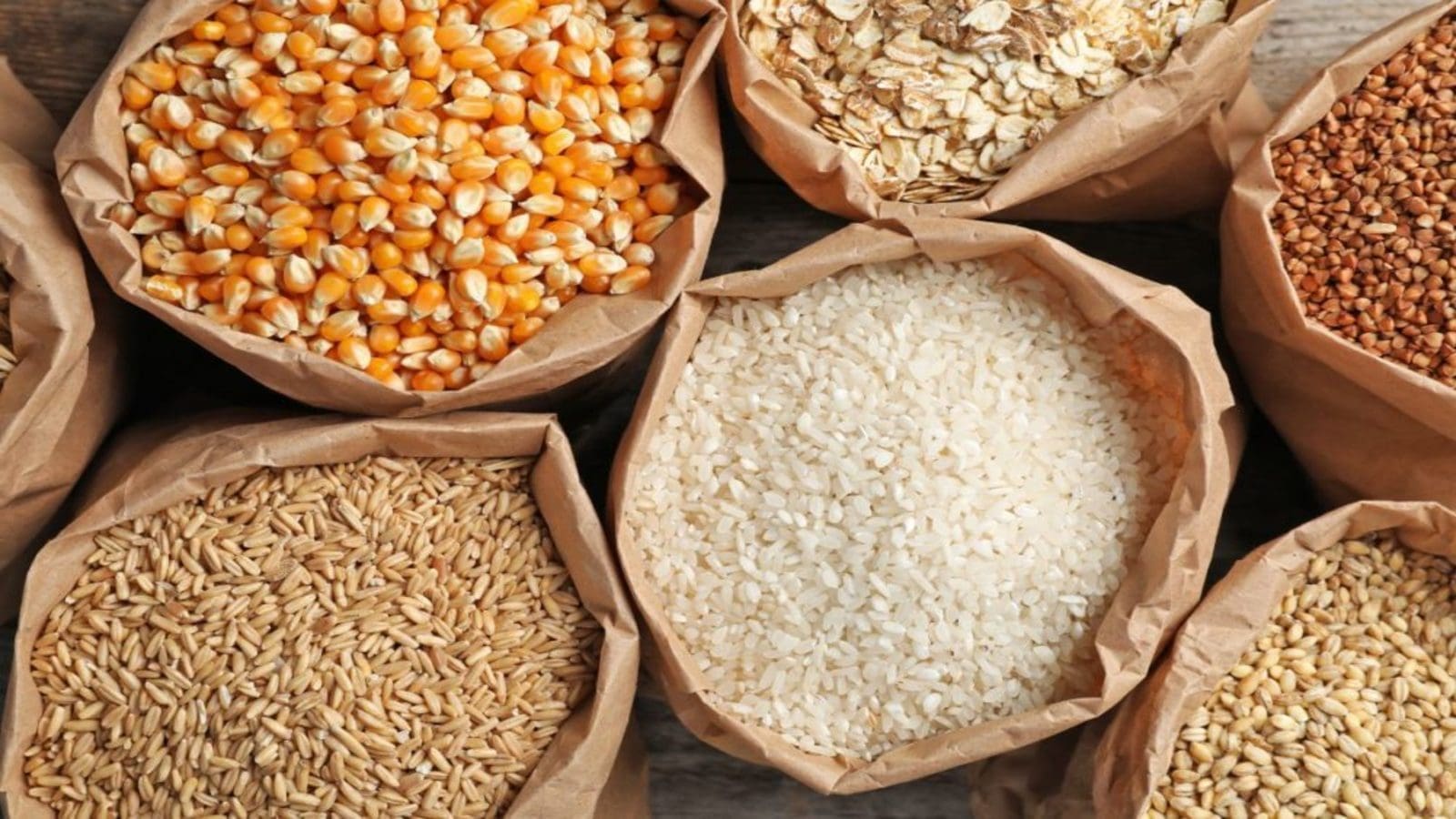INDIA -The Roller Flour Millers’ Federation of India president says the country’s ban on wheat exports since May last year successfully lowered prices and should continue, Reuters reported.
Last year, after Russia invaded Ukraine, grain exports from India, the world’s second-biggest producer after China, surged after the catastrophe boosted global prices.
However, a sudden rise in temperatures in March 2022 hurt the crop and cut yields, pushing local prices higher.
In response to the local price increases, India imposed a ban in May last year and set a fixed price of 21,250 rupees (US$256.77) per tonne. However, domestic wheat prices reached an all-time high of US$393 per tonne in January.
In addition, the government announced a 3-million-tonne allocation in January 2023 to help lower local prices and an additional 2 million tonnes of wheat to bulk consumers such as flour millers.
“The government’s efforts have paid off, and local prices have fallen, giving relief to consumers and a wide range of industries, including bread and biscuit makers,” said Pramod Kumar, president of the Roller Flour Millers’ Federation of India.
“The wheat export ban must continue,” Kumar added as government and industry sources speculate that the ban could undergo a review next month.
According to an article by Reuters last month, India was considering extending the term of the ban to keep local prices stable this year.
India’s new season wheat has just started arriving on the market, and the harvest will gather momentum in the next few weeks.
Following the new harvest’s arrival to the market, India estimated wheat production in 2023 could rebound to a record 112.2 million tonnes last month.
Last year’s small crop size led to a 53% drop in government purchases to 18.8 million tonnes, pushing up local prices, and it was expected that the yield this year would be higher.
However, optimism has dwindled in the past few weeks, owing to a rise in temperatures.
According to World Weather, Inc., because of the possibility of a quick transition from La Niña to El Niño, several areas globally could experience poor crop weather during the second half of this year.
India, especially the northern and central parts, is already reporting a lack of moisture and is set for below-normal rains in the second half of the year, leaving the most-populous nation vulnerable to lower food output and potentially higher prices.
According to government officials, untimely rains and hailstorms could damage India’s key winter-sown crops, such as wheat, rapeseed, and chickpeas, just before harvesting begins for plants that have already suffered some heat stress.
“The region is facing drought, so even slightly below normal precipitation is likely to pose risk to crops,” said Chris Hyde, a meteorologist at U.S.-based Maxar.
For all the latest food industry news from Africa and the World, subscribe to our NEWSLETTER, follow us on Twitter and LinkedIn, like us on Facebook and subscribe to our YouTube channel










